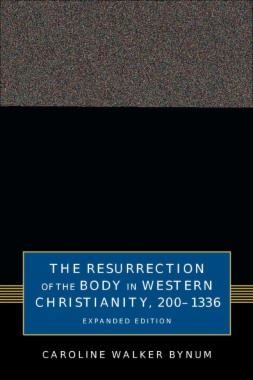

Federal household surveys today face several significant challenges including: increasing costs of data collection, declining response rates, perceptions of increasing response burden, inadequate timeliness of estimates, discrepant estimates of key indicators, inefficient and considerable duplication of some survey content, and instances of gaps in needed research and analysis. The Workshop on the Future of Federal Household Surveys, held at the request of the U.S. Census Bureau, was designed to address the increasing concern among many members of the federal statistical system that federal household data collections in their current form are unsustainable. The workshop brought together leaders in the statistical community to discuss opportunities for enhancing the relevance, quality, and cost-effectiveness of household surveys sponsored by the federal statistical system.
The Future of Federal Household Surveys is a factual summary of the presentations and related discussions that transpired during the workshop. This summary includes a number of solutions that range from methodological approaches, such as the use of administrative data, to emphasis on interagency cooperative efforts.